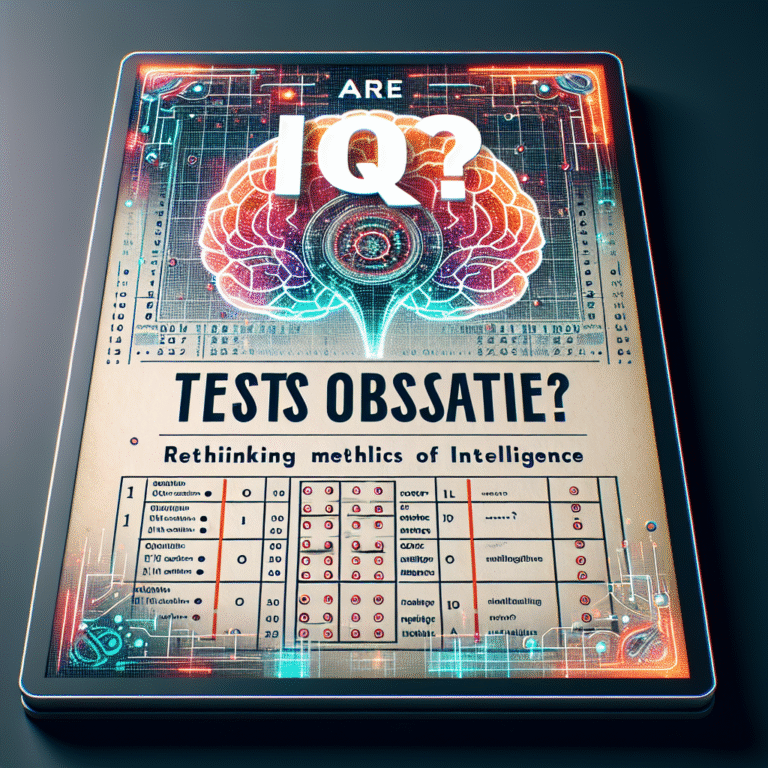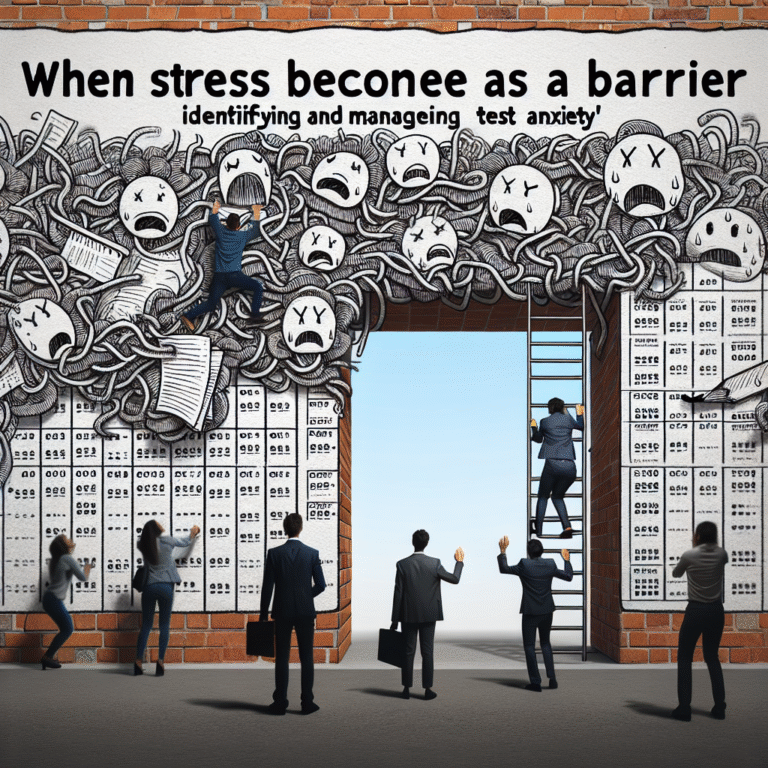
Introduction
In an ever-evolving educational landscape, understanding how we learn can fundamentally reshape our approach to teaching and personal growth. Learning Theories Explained: Which Approach Works Best for You? is not just a question but an essential inquiry that all educators, students, and lifelong learners must ponder. With a plethora of learning theories available, from behaviorism to constructivism, the critical challenge lies in identifying the appropriate approach that aligns with individual goals and preferences. What works for one person may not suit another, making it vital to delve deeply into the nuances of each theory.
In this article, we’ll break down the most prominent learning theories, illustrating their applications through compelling case studies while keeping our discussion engaging and insightful. By the end, you will be equipped with the knowledge to determine which learning theory resonates with you or your organization the most.
Understanding the Key Learning Theories
1. Behaviorism
Behaviorism focuses on observable behavior rather than mental processes. Pioneered by figures such as B.F. Skinner and John Watson, it posits that all behaviors are learned through interaction with the environment. Here’s a quick insight into its principles:
| Concept | Description |
|---|---|
| Reinforcement | Encouraging desired behaviors through rewards. |
| Punishment | Discouraging unwanted behaviors through consequences. |
| Stimulus | Any object or event that influences behavior. |
Case Study: Classroom Management with Behaviorism
In a classroom that embraced behaviorism, teachers used a point system where students earned rewards for good behavior, such as extra recess time. This not only fostered a conducive learning environment but also instilled disciplined habits amongst students.
2. Constructivism
Constructivism suggests that knowledge is constructed rather than acquired. Learners engage actively with their environment, building their understanding through experience. Key figures like Piaget and Vygotsky emphasize social interaction and the importance of context.
Key Concepts in Constructivism:
- Active Learning: Learning by doing and reflecting.
- Scaffolding: Providing support to assist learners to reach higher levels of understanding.
- Zone of Proximal Development (ZPD): The gap between what learners can do independently and what they can achieve with guidance.
Case Study: Project-Based Learning
In a constructivist classroom, students worked on a community project to design a sustainable garden. They researched together, collaborated, and ultimately presented their findings. This real-world application of knowledge significantly enhanced engagement and retention.
3. Cognitivism
Emerging in response to behaviorism, cognitivism emphasizes internal mental processes and how they influence learning. Thinkers like Jerome Bruner and David Ausubel argue that understanding how the brain processes information can help in crafting effective educational strategies.
Key Principles of Cognitivism:
| Principle | Description |
|---|---|
| Information Processing | Focus on how information is received, organized, stored, and retrieved. |
| Prior Knowledge | Building new knowledge upon the foundation of existing knowledge. |
Case Study: Use of Concept Maps
In a cognitivist-driven program, students created concept maps to link new information to what they already understood, facilitating deeper comprehension of complex topics.
4. Humanism
Humanism places significant emphasis on personal growth and self-direction. Advocates like Carl Rogers and Abraham Maslow highlight the importance of emotions and experiences in the learning process.
Core Humanistic Principles:
- Self-Actualization: Empowering learners to reach their fullest potential.
- Learner-Centered Approach: Fostering an environment where the learner’s needs and perspective are prioritized.
Case Study: The Power of Choice in Learning
In a humanistic educational setting, students were given options in their learning activities. This autonomy led to increased motivation, engagement, and commitment to their learning process.
Which Approach Works Best for You?
Determining the best learning theory for you depends largely on your preferences, goals, and the context in which you’re learning. Consider the following factors:
1. Learning Style
Individuals show varied preferences: some may thrive in structured environments (behaviorism), while others may prefer exploratory settings (constructivism).
2. Goals
Are you learning for personal enrichment, professional development, or academic achievement? Your objectives will heavily influence the most suitable approach.
3. Context
The environment plays a vital role; workplace training may favor behaviorism, while academic settings may lean towards constructivism.
Integrating Learning Theories in Practice
It’s crucial to understand that no single theory has all the answers. A blended approach may be beneficial. Here’s a summary of integrating theories:
| Learning Theory | Integration Strategy |
|---|---|
| Behaviorism | Use rewards and consequences to shape behavior. |
| Constructivism | Encourage collaboration and hands-on projects. |
| Cognitivism | Utilize strategies like concept mapping. |
| Humanism | Foster a supportive, person-centered environment. |
Real-World Application
An innovative learning program integrated all four theories. Employees underwent a behaviorist-oriented onboarding process, followed by project-based learning to apply skills effectively. Throughout the training, they used cognitive mapping for complex processes, and finally, personal development exercises ensured emotional and social growth.
FAQs
1. What is the best learning theory?
There is no universally "best" learning theory; it depends on individual needs, learning styles, and contexts.
2. Can multiple theories be combined?
Absolutely! A blended approach often leads to more effective learning experiences by addressing diverse needs and preferences.
3. How does one identify their learning style?
Self-assessments, reflection on past learning experiences, and soliciting feedback from peers can provide insights into your learning style.
4. Are there specific environments that suit each learning theory?
Yes! Structured settings favor behaviorism, while open, flexible environments are more suited for constructivist approaches.
5. Can learning theories be applied to online learning?
Definitely! Many online courses integrate multiple theories, like behaviorist assessments and constructivist project-based tasks, to enhance learning.
Conclusion
Understanding Learning Theories Explained: Which Approach Works Best for You? is a step towards personalizing and enhancing your educational or training experiences. By evaluating the various learning theories—from behaviorism to humanism—you can adjust your strategies to ensure that you or your learners engage effectively with new content.
Remember, learning is not a one-size-fits-all endeavor. The journey involves exploration, adaptation, and a willingness to try new approaches. So, reflect on your preferences, consider your goals, and allow yourself the flexibility to shift between theories as needed. The path to successful learning is personal, and by discovering the approach that resonates with you, you empower yourself to flourish academically and professionally.
Embrace your learning journey with curiosity and purpose!


















